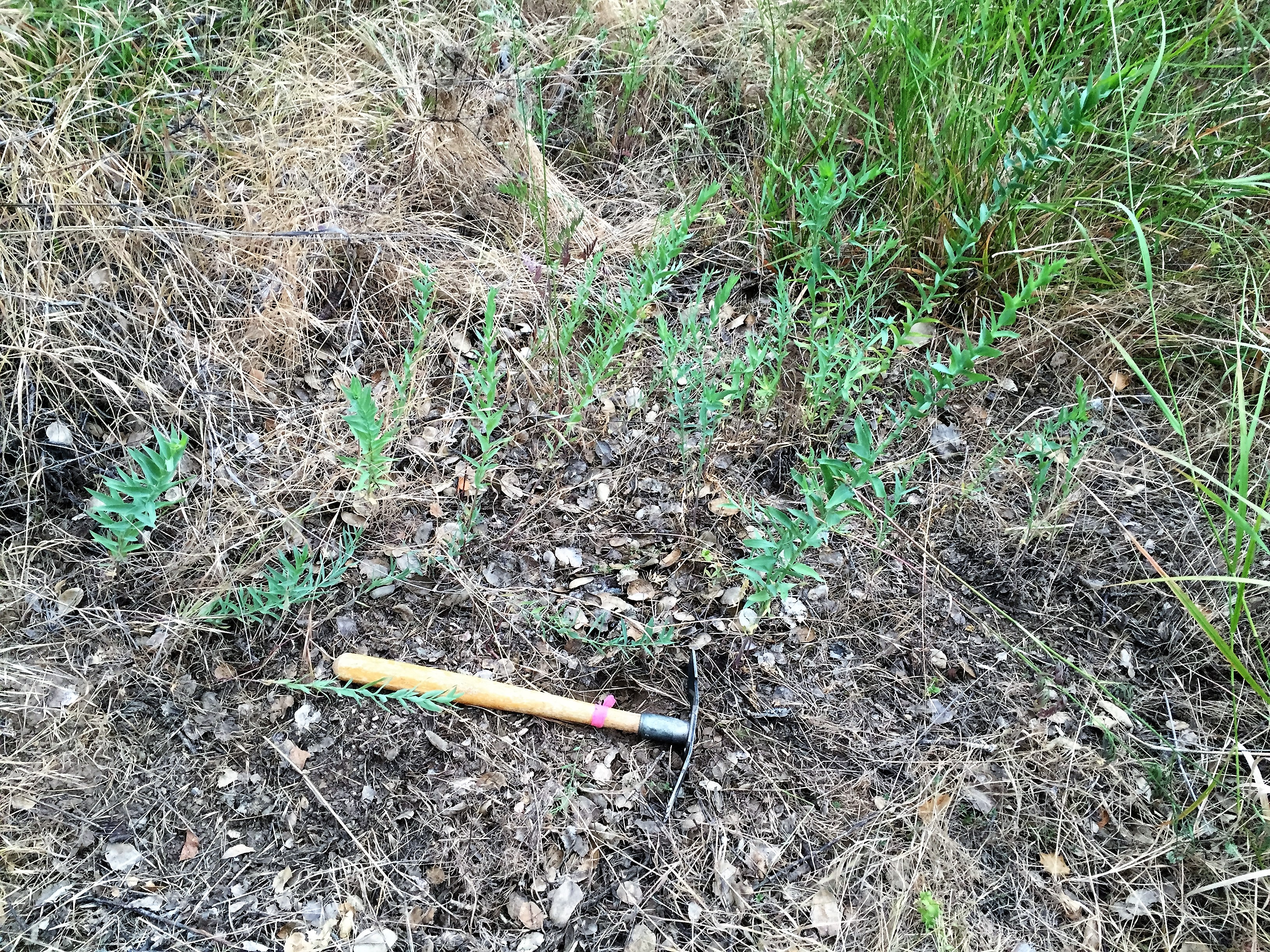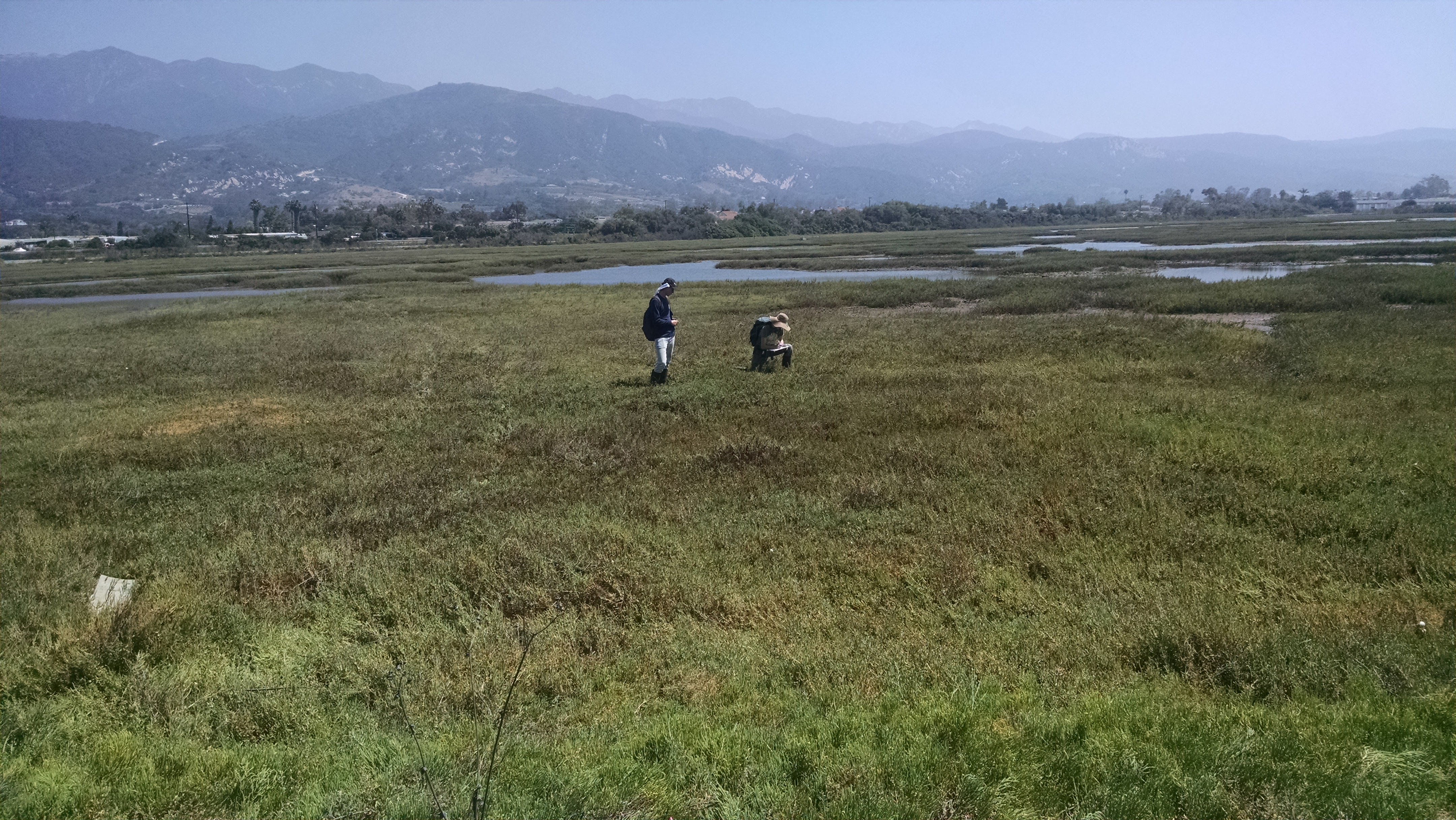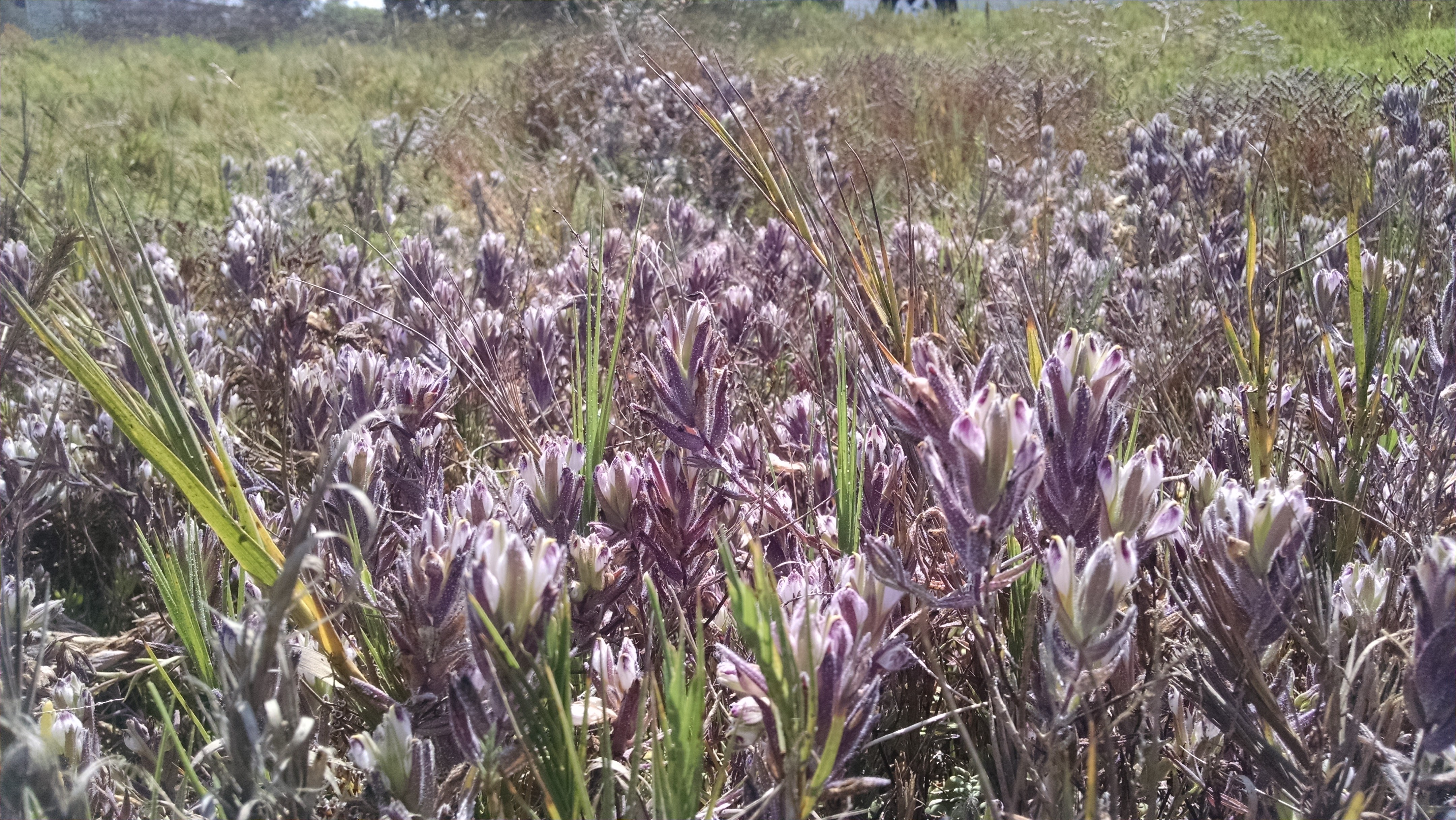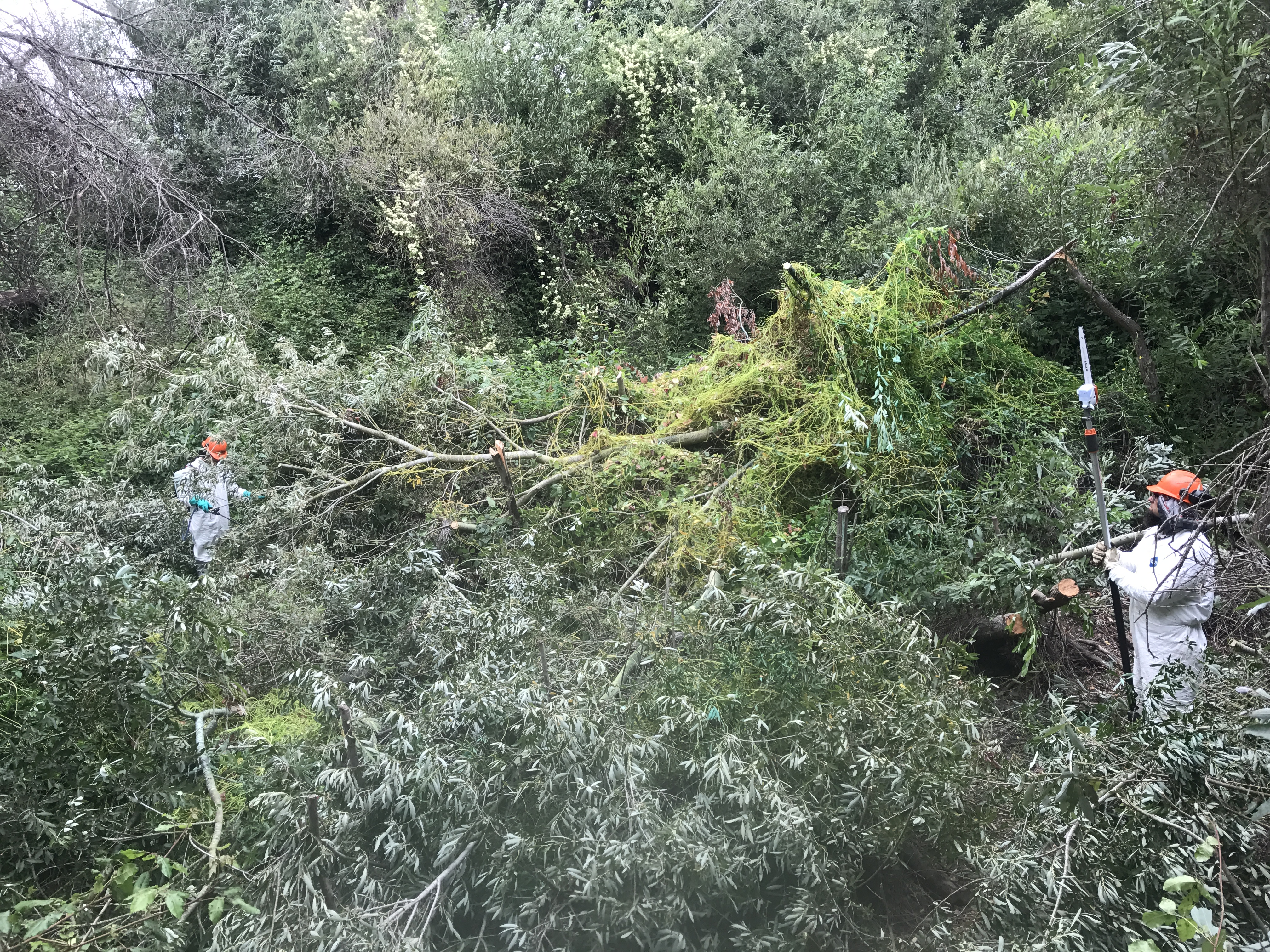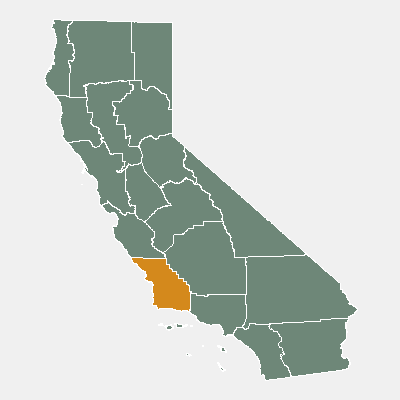South Central Coast Eradication
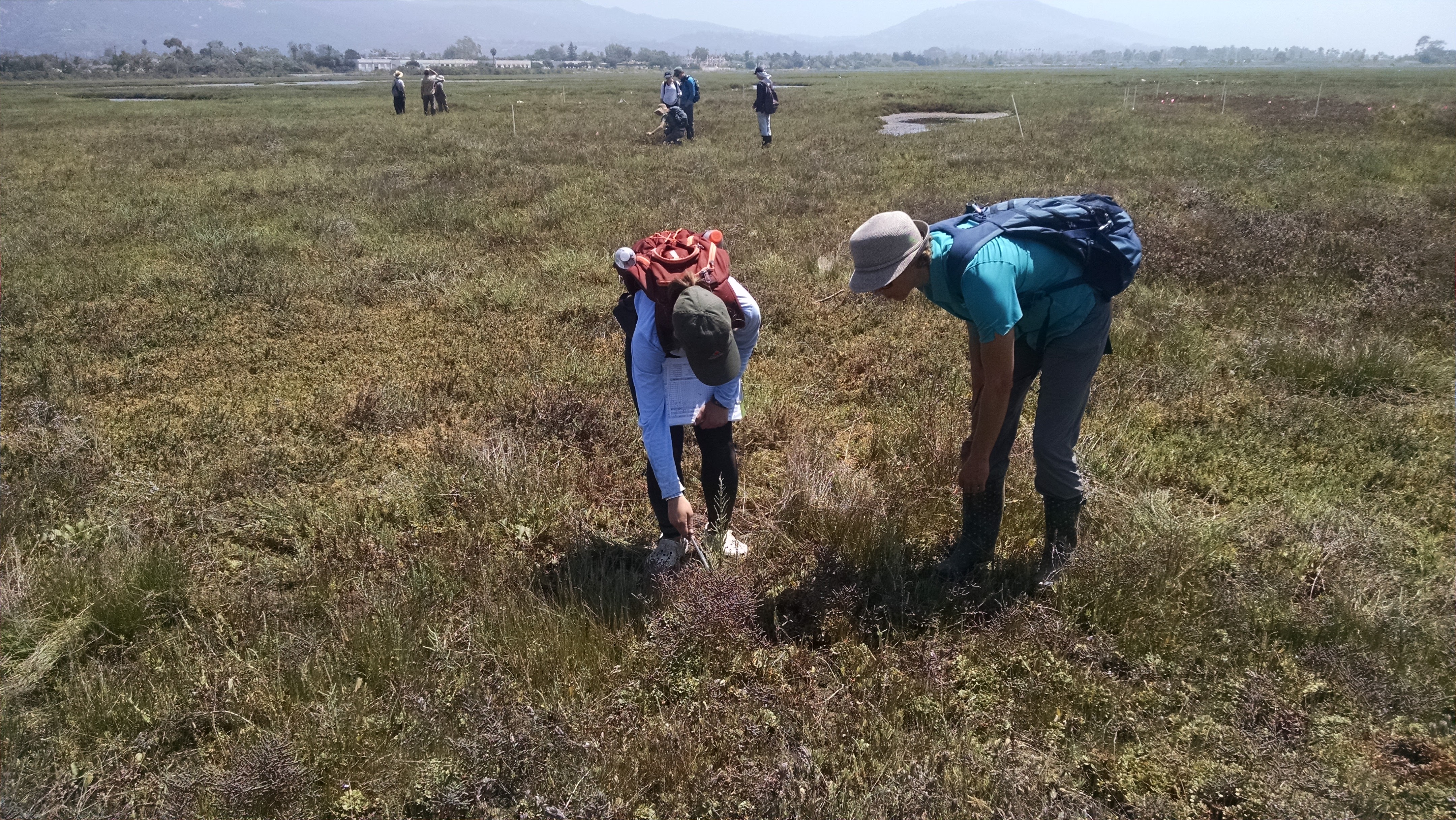
This project targets five invasive plant species for region-wide eradication in the South Central Coast region (San Luis Obispo and Santa Barbara counties): Canada thistle, Russian wheatgrass, Japanese dodder, Dalmation toadflax and European sea lavender. Eradication is the gold standard of invasive plant control because it means the threat from that species has been eliminated (unless the species is re-introduced to the region). It is more effective and more cost-effective than long-term ongoing containment. The species in this effort were prioritized through a comprehensive assessment with regional partners that weighed each plant’s impact, its potential to spread, and the feasibility of region-wide eradication. (Two additional species, spiny emex and stinkwort, were initially considered for this effort but were judged to have recently become too widespread for eradication within the constraints of available funding. This illustrates the need for a quick response to address weeds that are new to an area.) Focusing on these early eradication targets before they spread prevents extensive future impact.
Contracted work on all species began in 2017, except European sea lavender in the Carpinteria salt marsh. The UC Santa Barbara Office of Campus Planning and Design has undertaken the permitting process for work in the marsh. Surveys for two endangered plants, salt marsh bird’s-beak and Coulter’s goldfields, is required for this permitting, and is being funded through this grant.
Plants being managed
-
Cirsium arvense
Canada thistle -
Thinopyrum junceiforme
Russian wheatgrass -
Linaria dalmatica ssp. dalmatica
Dalmatian toadflax -
Limonium duriusculum
European sea lavender
Start date
2017Resources protected
Sensitive habitats, including grasslands, dunes, salt marsh and riparian areas, that are important to local endangered species such as the California tiger salamander, the Morro Bay kangaroo rat, the Morro shoulderband snail, salt marsh bird’s-beak, and Coulter's goldfields
Project goal
Regional eradication of five species prioritized through a comprehensive assessment with regional partners that weighed each plant’s impact, potential to spread, and feasibility of region-wide eradication. The CalWeedMapper online decision-support tool provided landscape-scale analysis, including future range suitability based on climate change. Though the current area infested by these plants is generally small, the species are expected to spread significantly without management.
Project partners
- Upper Salinas – Las Tablas Resource Conservation District (Project Lead)
- Carpinteria Marsh Salt Marsh Reserve
- Channel Islands Restoration
- Land Conservancy of San Luis Obispo
- San Luis Obispo County Agriculture Department
- Santa Barbara County Agriculture Department
- State Parks – San Luis Obispo Coast District
- Los Padres National Forest
Project funders
Project photos
